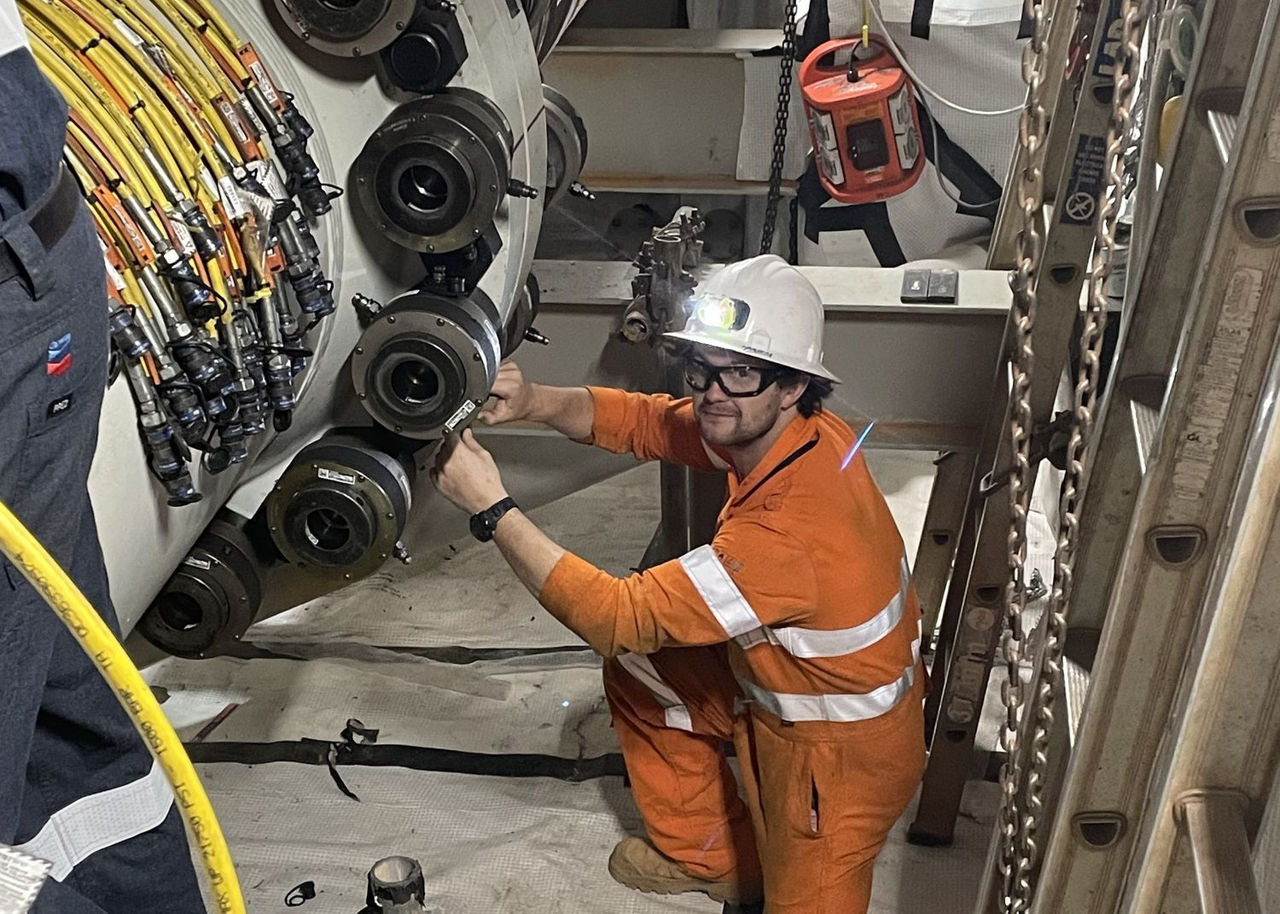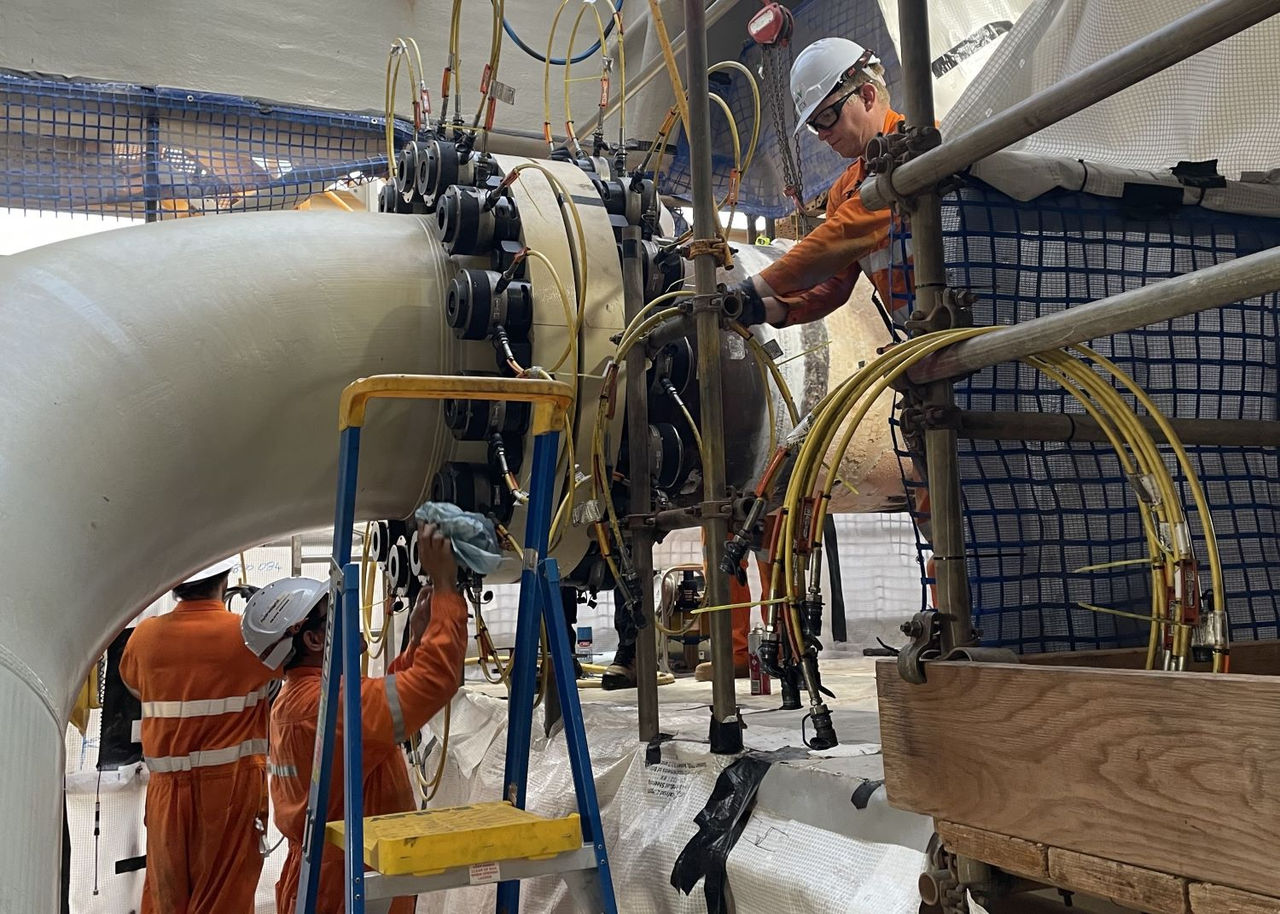What is turnaround or shutdown?
A turnaround, also referred to as a TAR, shutdown or outage is a scheduled maintenance event that involves an asset or unit being taken offline for essential servicing, repairs and optimisations to be performed.
Turnarounds are often described as a necessary evil by many in the industry due to the significant cost and risk associated in the process. Although necessary for a project’s safety, efficiency and reliability, any delays can affect a company’s bottom line. However, the cost of an unplanned outage far outweighs the cost of a strategic turnaround schedule.
The cost of a turnaround is more than the cost of performing the maintenance works, every day the asset or unit is offline affects production and in turn, cashflow. Beyond the loss in production, taking an asset offline and back online safely is not as easy as flipping a switch, this is hazardous and comes with risk.
Because of this, an asset owners’ partner in planning and executing a turnaround is crucial, an opportunity to optimise turnaround disciplines and practices will always exist.

